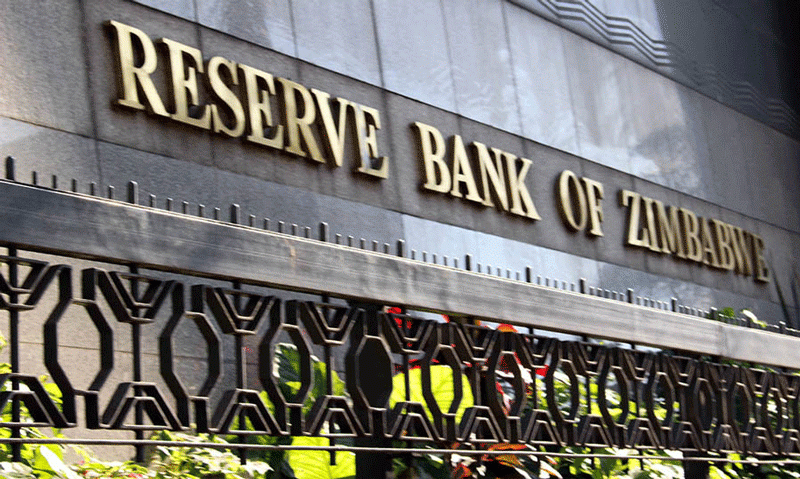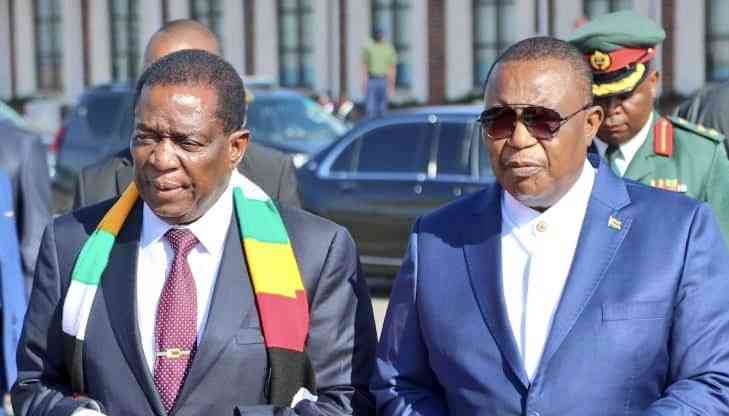
IN a dramatic policy U-turn, the Reserve Bank of Zimbabwe (RBZ) has indefinitely suspended its plans to partially privatise Fidelity Printers and Refiners (FPR) nearly two years after announcing intentions to dispose its 60% controlling stake in the entity, the Zimbabwe Independent can reveal.
At the time of the widely publicised plan but which is now aborted, privatisation of the state-run gold buying firm was partly meant to plug widespread gold smuggling which is estimated to prejudice the country of US$1,5 billion annually.
Plans to sell the government's 60% controlling stake in FPR were first announced by the RBZ in 2020 and reinforced during the course of 2021 with the primary purpose of boosting gold output by, “allowing private players to acquire a stake therein…”
If the partial privatisation plan had been carried out successfully, the central bank would have retained 40% in FPR.
In 2021, as authorities kept a tight lid on the identities of private players who were being assessed for their suitability to assume control over FPR, the Independent first revealed that Kuvimba Mining House, Better Brands, RioZim, Caledonia, Pan Africa Mining, Zimbabwe Miners Federation (ZMF) and Yellow Credit were potentially angling to take over the country’s sole gold buyer.
At that time, an ensuing investigative series by this publication revealed that the transaction, then valued at US$49 million, was derailed by reservations expressed by some of the private players over Kuvimba whose shareholding structure and beneficial owners remain shrouded in mystery.
As disclosed by sources close to the planned transaction, there were also fears that once privatised, the entity would be under the US sanctions radar.
Formed in 2020, Kuvimba is now among the country’s the largest gold producers having bought lucrative gold assets across the country, including the Shamva Mine, Freda Rebecca, and those of Elvington, Jena, Golden Kopje and Sandawana mines owned by Zimbabwe Mining Development Corporation (ZMDC).
- Mangudya speaks on banks’ stability
- Mangudya speaks on banks’ stability
- Monetary measures spur exchange rate stability: RBZ
- RBZ blocks Harare US dollar charges
Keep Reading
If the transaction had sailed through, Kuvimba was going to hold 12% equity in the reconfigured gold buying company.
RBZ governor John Mangudya last week told the Independent that the planned privatisation of FPR was “no longer a priority” to the apex bank.“The suspension of the privatisation of FPR was done by the RBZ board which deemed it necessary to retain FPR in its current state. The matter is no longer a priority to RBZ,” the Central bank boss told this publication.
However, Mangudya did not explain why the government had a change of heart on its initial plans to cede its controlling stake in FPR. Questions posed by the Independent to Finance and Economic Development Secretary George Guvamatanga asking why the government was no longer interested in offloading its shareholding in the state-run enterprise were not addressed at the time of going to print. Broadly, this publication also sought to understand how government intended to boost gold output in the country if FPR remains in its current state.
Treasury chief director of communications Clive Mphambela referred all questions to the RBZ. “FPR falls under the RBZ and the RBZ can clarify on all your questions,” he said. During Finance and Economic Development minister Mthuli Ncube’s mid-term review budget statement delivered in August 2021, he indicated that the unbundling process of FPR was already underway with 10 private players expressing interest in snapping up the government stake.
As part of the unbundling process, which has since been suspended, FPR was going to be split into two entities namely Fidelity Gold Refinery (FGR) and Printing and Minting Company of Zimbabwe (PMCZ).
At the time of the planned privatisation transaction, authorities had indicated that the ultimate plan was to remodel the entity in the same way as the Rand Refinery of South Africa which is owned by private shareholders.A myriad of challenges hampering gold production in Zimbabwe ranging from smuggling, informal mining operations and low producer prices were expected to be addressed by the then planned privatisation of FPR. In 2020, the central bank increased the gold retention threshold to 70% in foreign currency from sale proceeds from 55% in a policy move that was aimed at ramping up output. Under that gold trading matrix, producers of the yellow metal would receive 30% of their proceeds in the local currency at the prevailing exchange rate.
However, prior to that, the marketing framework stood at 55% in foreign currency while the remainder was paid in the local unit, sparking outrage from producers.
At the heart of their concerns, producers of the precious metal indicated that inputs and service providers were charging in the greenback. Coupled to that, mining firms also argued that upwardly reviewing the foreign currency thresholds would cushion them from the rising cost of fuel indexed in the greenback while they would also have the leg room to remunerate workers who were demanding wages in foreign currency.






